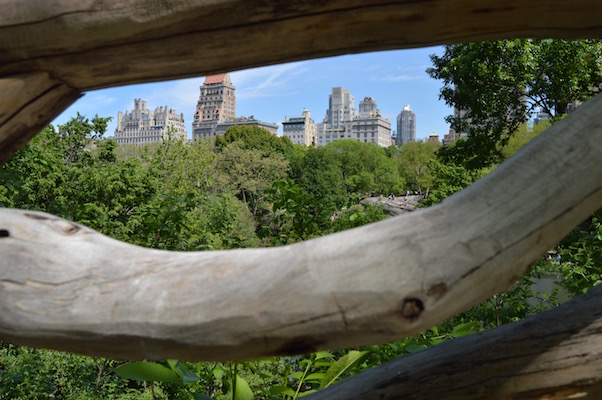
BY JACKSON CHEN | Undisturbed for many decades, the Hallett Nature Sanctuary inside Central Park has now been opened to the public.
According to the Central Park Conservancy, the four-acre swath of the park was closed off to the masses in 1934 by then-Parks Commissioner Robert Moses, who wanted to preserve the area as a bird sanctuary. In 1986, the preserve — located just above the Pond, which is near the park’s southeastern corner — was renamed to honor George Harvey Hallett, Jr., an avid birdwatcher and community leader.
The sanctuary was untouched until 2001, when the conservancy stepped in for restoration and maintenance efforts. Being an area absent of human activity for so long, invasive plant species had begun knocking the sanctuary out of its ecological balance.
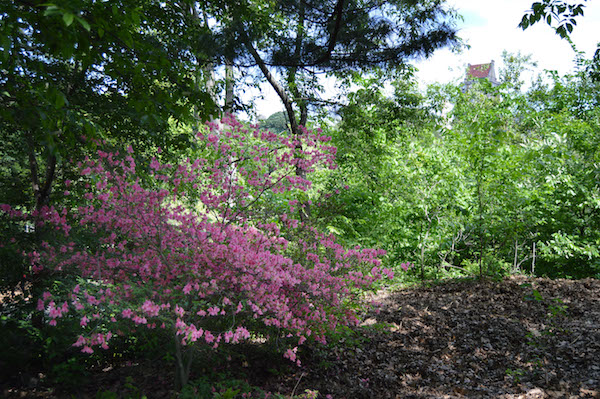
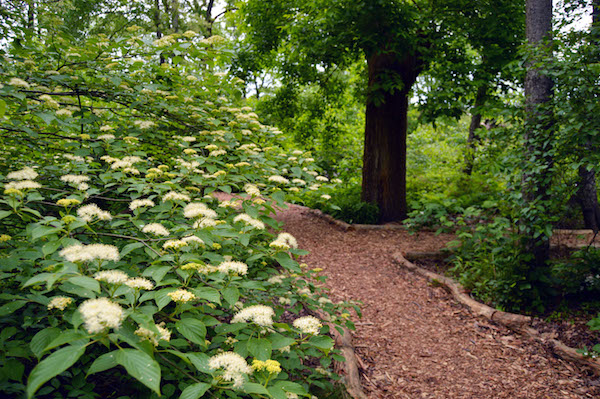
With 15 years of work, the conservancy was able to remove the invasive species, replace them with native plants — ranging from foxglove to wild ginger, bellwort, witch hazel, and even blueberries — and restore it to a healthy enough state to be opened up for carefully limited public access.
After a May 10 New York Times feature on the sanctuary, nature lovers flocked there to get a peek inside, with lines lasting up to half an hour. With the sanctuary’s small size, the conservancy is only allowing about 30 people inside at a time, and it is currently open just nine hours each week.
Despite arriving at the sanctuary’s main gate entrance by the 2 p.m. opening time on a sunny afternoon this week, Maxine and Steve had to wait 30 minutes before their turn. The husband-wife duo had earlier explored the sanctuary when the park allowed visits on a very limited basis in 2013. But this time around, the two were especially impressed with changes that include species labels identifying the various plants.
“They clearly improved it in fixing it up, making paths more accessible, and still feeling like it’s part of nature,” Maxine said, noting the diversity of plants and wildlife.
Outside of the blue jays and starlings she and Steve spied, the sanctuary is also home to bees, squirrels and the occasional raccoon that sneaks into treetops.
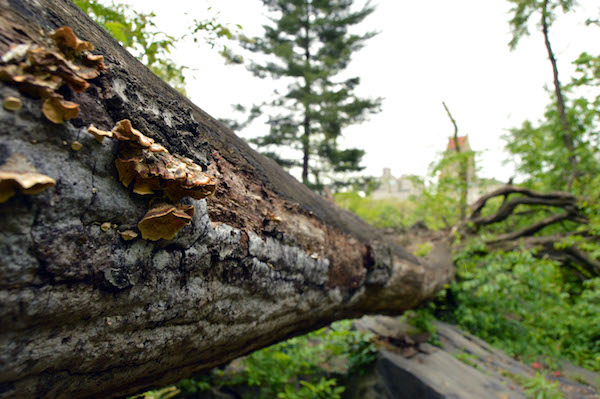
For some newcomers, it was seeing plants in their native environments that was the highlight of the sanctuary.
“I saw some species there that I didn’t expect to,” said Anna Kulczycki, mentioning the wild ginger as an example. “I think it’s a nice way to preserve some species and for people to visualize them.”
And for some Central Park veterans, the sanctuary is a welcome addition to the park’s already expansive offerings.
“There are lots of really interesting places and these gems are fun to find,” said a frequent parkgoer who gave her name as Pamela R. “I read about this in the New York Times article and thought, how is there a place in the park I don’t know?”
But the secret is now out for the nature junkies seeking an escape from the honking taxis and crowded streets that lie just beyond Central Park’s stone walls.
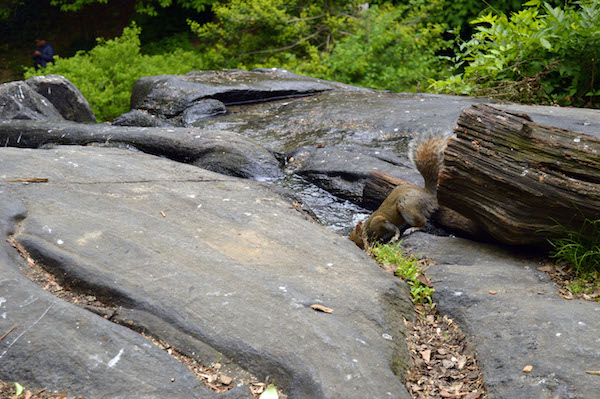
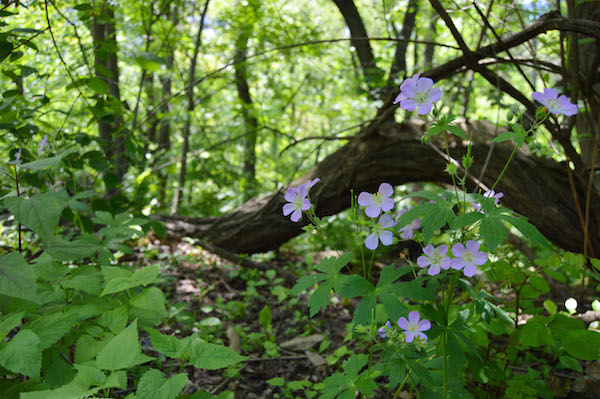
The Hallett Nature Sanctuary is open Mondays, Wednesdays, and Fridays from 2 p.m. to 5 p.m. through June 30. From July 1 to August 31, the sanctuary will be open on Mondays and Fridays from 2 p.m. to 5 p.m., on Wednesdays from 2 p.m. to 7 p.m., and on Sundays from 11 a.m. to 1 p.m. For more information, visit centralparknyc.org.
































